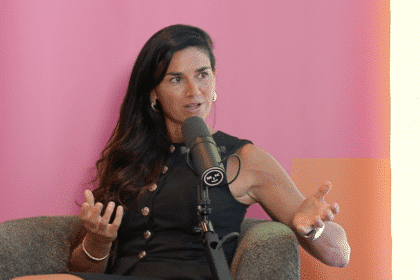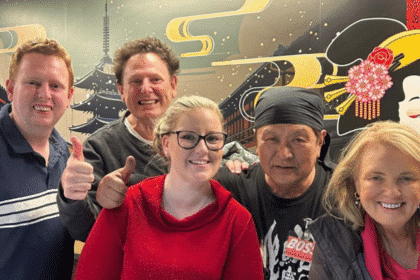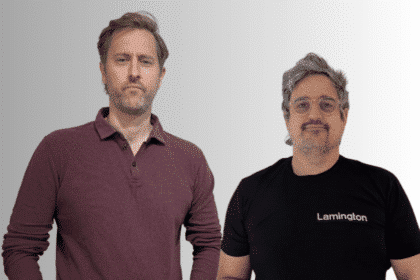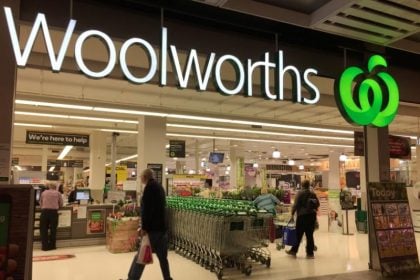With the Australian media space officially entering into M&A frenzy territory today, with the announcement of the proposed merger between Nine and Fairfax, industry pundits have been quick to offer their opinions on the latest move.
GroupM’s chief investment officer Nicola Lewis says she was not surprised with the announcement, but was intrigued there had been no murmurings before hand, saying the industry had become somewhat preoccupied with the goings on in the out of home sector.
Be that as it may, she also threw her support behind the announcement.
“My perspective is as an industry we rallied behind media reform and change to the media laws. You’d only do that as an industry if you were interested to see consolidation and change. It would be remiss of us to now say we didn’t think it was a good thing,” she said.
“We wanted changes to support a sustainable Australian media industry,” she added.
However Lewis added the new entity couldn’t just assume to win a bigger slice of GroupM’s very big advertising dollar pie.
“Just by virtue of a merger doesn’t necessarily mean more ad dollars . . . it wouldn’t necessarily change our strategy,” she said.
Before adding that “any proposition that has really robust data in key verticals and can really enhance their addressable product is a positive for us,” she added.
The motivation from Nine’s perspective she speculated was that if the two companies are to become one, they will share extremely rich data and be strong in key and core verticals, automotive and real estate. That’s where the richness is.
Wavemaker CEO Peter Vogel also agreed the proposed merger made sense.
“If you consider what’s happening in the OOH industry and the News and Foxtel consolidation, I think this is going to continue and continue,” he said.
“We need strong media vendors, particularly in Australia. They’re all under pressure from the likes of Netflix, Facebook and Google. We need strong local players. The consumer’s best interest is strong local content. It doesn’t serve marketers or consumers if we’ve got a bunch of fragmented vendors that are not as strong.
Vogel was at pains to emphasise the importance of good, locally relevant content to engage with consumers in the local media’s fight against the tech giants who “are just looking to hoover up everything”.
“There’s a lot going on. The guys have a big fight on their hands with the tech giants.
Facebook is a juggernaut in terms of data, but they don’t have the content just yet. The Netflix and Disneys, it’s difficult for anyone to compete with Netflix on the top-end in premium content,” he added.
However Vogel said local media vendors had to pick their battles and fight hard.
“When you get home from work, you don’t immediately switch on Netflix and get on Game of Thrones. [FTAs] have to dominate their little time windows. Once you get to 9.30, you’ve had dinner and put the kids to bed, that’s the time for Netflix so FTAs have to nail their windows of strength.”
Mike Wilson, CEO of Havas Media ANZ had this to say:
“If the media ownership law change was indeed the asteroid, what will happen now to the dinosaurs? We have our first answer. And there will be more to come, of course, and the media landscape will be changed dramatically; that much was anticipated. Mergers (although this looks more like a takeover) of this scale are notorious for throwing up surprises though, and for Nine, the ‘cultural integration’ play will be key, as shareholders are busy celebrating efficiency gains.
“It will be very interesting to see how News react – they are rarely outmaneuvered. And in CBS (Ten) we have a massive foreign media owner who has barely even got started in this market. The new entity ought to represent significant new ‘mixed media’ opportunities for agencies and advertisers (as well as market share gains for Nine) – all the research tells us this is the best way to build brands, and sell products and services. The trick will be how fast and painlessly the Nine-led operation can restructure capabilities, and some very good talent.”
The AANA’s CEO, John Broome was little more circumspect in his support.
“The Nine-Fairfax deal brings together two of the largest digital audiences in the country, as well as big print, streaming, free-to-air and radio audiences. Assuming the deal receives regulatory and shareholder approval, the new company will have an opportunity to provide advertisers with access to quality, segmented audiences on a mass scale.
“It’s the first major consolidation in the media sector since the Federal government dropped its two-out-of-three rule last year and we can expect to see other major moves.
“We’re optimistic that the Nine-Fairfax merger will create more value for advertisers, but we still need to see more detail to ensure that the deal enhances, rather than diminishes, the consumer experience.”
IBISWorld Senior Industry Analyst, Andrew Ledovskikh was more in line with Havas’ Wilson, suggesting the deal looked more like a takeover.
“Fairfax has struggled over the past five years, with its revenue declining almost 50% since 2012-13. The company has tried to cut costs, announcing 115 job cuts in May 2017. Nine Entertainment hasn’t seen the same sort of declines, but revenue growth has been stagnant over the past five years,” he said.
“The merger will have significant benefits for Nine, as it will have open up access to Fairfax’s newspapers and online publications, as well as Fairfax’s Macquarie Media radio interests. However, the merger will have possible implications for how Fairfax operates, putting into question, for example, its regular investigative journalism partnerships with the ABC,” Ledovskikh said.
IBISWorld has found that over the past five years, the Newspaper Publishing industry has declined at an annualised 8.4% as circulation numbers have dwindled.
“Fairfax has underperformed compared to the overall industry. Free-to-Air Television Broadcasting has declined by 2.6% over the past five years, as competition from on-demand online operators has increased,” said Ledovskikh.








